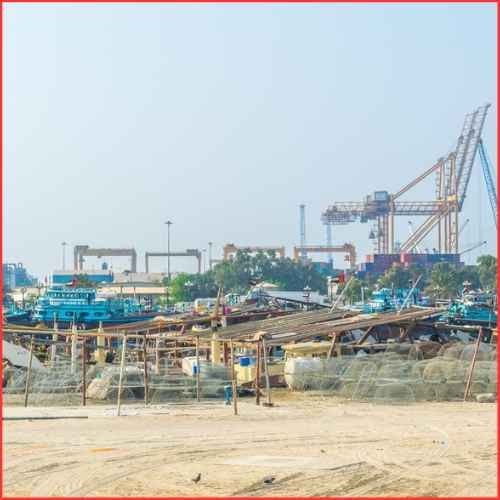Government approves an estimated Rs 319 billion ($3.9 billion) investment for the 2,880 MW Dibang project in Arunachal Pradesh.
India is heavily reliant on hydroelectric power for its energy needs and hydro projects are a key part of its energy sector.
The first hydroelectric project in India was constructed in the late 19th century and over the years, India has invested heavily in hydropower.
Currently, India has over 4,400 hydroelectric projects, with an installed capacity of over 50,000 MW. India has significant potential to expand its hydroelectric capacity, which is why the government has made significant investments in hydro projects in recent years. Hydropower is an attractive option for India as it is renewable, has low carbon emissions, and is a reliable energy source.
Hydropower also has the potential to help alleviate water shortages in India and can provide a stable energy supply to remote and rural areas. Additionally, hydropower projects create jobs and can help reduce poverty in the regions where they are built
India has approved its biggest-ever hydropower project in China’s mountainous northeast border, as the country seeks to build renewable power generation to meet growing electricity demand.
India has classified hydropower as a renewable energy source and considers it essential to wean itself off coal to help manage fluctuations caused by intermittent solar and wind supplies. However, large-scale environmental damage and the destruction of community-built dams hampered these plans, with local protests delaying projects and increasing construction costs.
“The cost is going to be much higher and benefits much lower,” Thakkar said. “There’s no viability for such projects.”
The approved investment includes government support of Rs 6.72 billion to mitigate flooding and support infrastructure such as roads and bridges linking construction sites.
NHPC did not respond to emails seeking comment. Several other projects in the Himalayas are years behind schedule, some of which have loosened the ground and forced residents to evacuate.
“The Himalayan region is such a disaster-prone area and every such project is going to act as a force multiplier for potential disasters,” Thakkar said.















